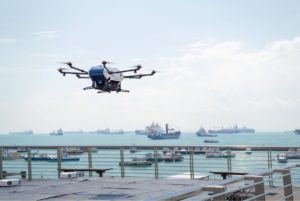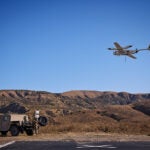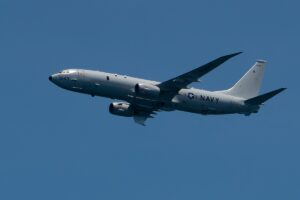
Final rules for drone remote identification (remote ID) and drone operations over people went into effect on Wednesday, according to the Federal Aviation Administration (FAA). The rules were unveiled in December 2020 and were originally supposed to take effect on March 10 but were delayed amid a regulatory freeze caused by the change in presidential administration. “Today’s rules are an important first step in safely and securely managing the growing use of drones in our airspace, though more work remains…













